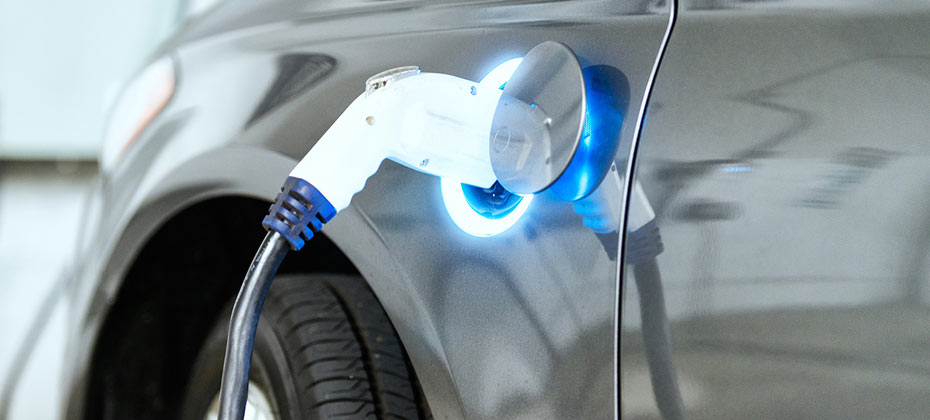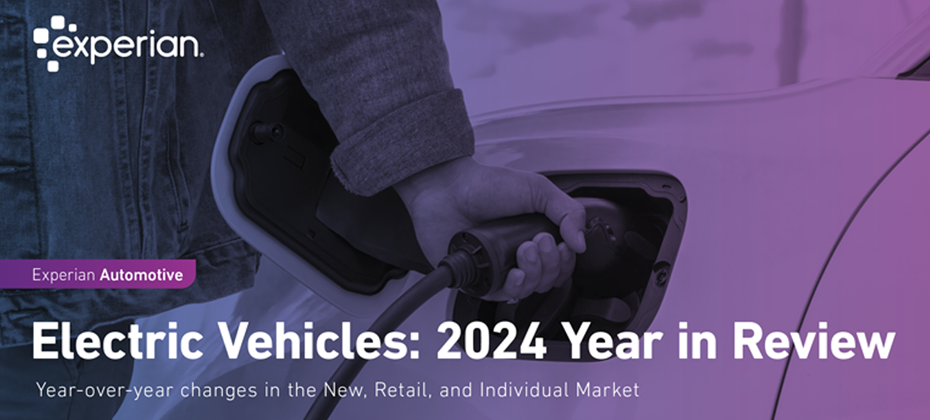It’s no secret electric vehicles (EVs) have grown in popularity over recent years. In fact, new EV registrations grew more than 250% over the last five years. The shift to electric gives automotive professionals more of a reason to reach consumers who may be interested—making it important to understand the types of EVs currently in the market and the states where they are most prominent in order to plan strategically.
According to Experian’s Automotive Consumer Trends Report: Q2 2022, EVs comprised more than 1.7 million vehicles in operation throughout the US, quite a jump from more than 400,000 EVs just five years ago in Q2 2018.
The number of EVs in operation this quarter may not seem significant when compared to the 284 million vehicles on the road today, but data shows registrations are continuing to grow with no signs of slowing down.
Additionally, it’s notable the types of EVs consumers prefer is beginning to shift—making it important for professionals to stay up-to-date with the current trends and understand the landscape in order to make informed decisions as the industry transitions into more gas-alternative options.
Consumers’ vehicle preference is shifting
As EVs continue to gain momentum throughout the industry, more models are introduced to the market every year—giving consumers a wider range of selection when searching for a vehicle that fits their needs. Though, as more options become available, it seems consumers are shifting away from sedans and gravitating towards SUVs; similar to the trend seen across other fuel types, including gasoline vehicles.
For example, SUV registrations in the EV market experienced significant growth in the past few years—going from 19.87% in Q2 2019 to 49.19% in Q2 2020 and 57.17% in Q2 2021, now comprising 59% of new EV registrations in Q2 2022.
In comparison, sedan registrations in the EV market have declined over the same period—going from 79.82% in Q2 2019 to 49.07% in Q2 2020 and 39.73% in Q2 2021, now making up 35.77% of new EV registrations in Q2 2022.
There may be a few reasons why consumers are shifting to larger EVs, such as having additional cargo space or more options available than ever before. Not only are the vehicle trends important for professionals to watch, but knowing where EV registrations are growing is important when looking for more opportunities to market strategically.
EVs are growing across multiple states
It’s somewhat expected that California still makes up the largest share of EV registrations in Q2 2022, as the state had many early adopters of the new technology. Although, data shows that other states are beginning to experience growth, as well.
For instance, California comprised 36.6% of new EV registrations in Q2 2022 and Arizona made up 2.61%. While the large difference in registrations may not seem comparable—it’s important to note that Phoenix, Arizona had over 14,000 new EV registrations in the last 12 months and Tucson, Arizona had one of the fastest growing DMAs aside from California, coming in at 82.33% this quarter. In addition to that, Chicago, Illinois also had over 14,000 new EV registrations year-over-year and Houston, Texas had more than 9,000 new EV registrations in the same time frame.
It will be crucial for professionals to stay up-to-date as preferences shift throughout the automotive industry, more models are being introduced to the market and more states offer infrastructure support and tax credits for EVs. Leveraging this data will enable them to prepare for what’s to come in the near future.
To learn more about EV insights, watch the entire Automotive Consumer Trends Report: Q2 2022 webinar.



